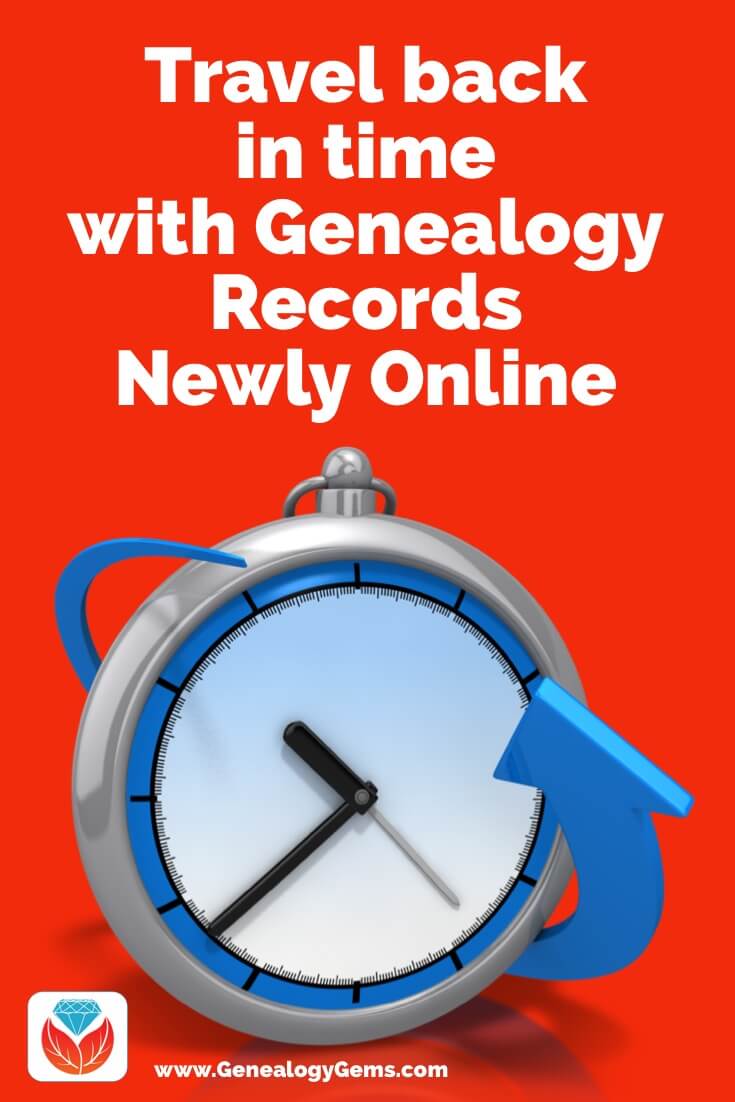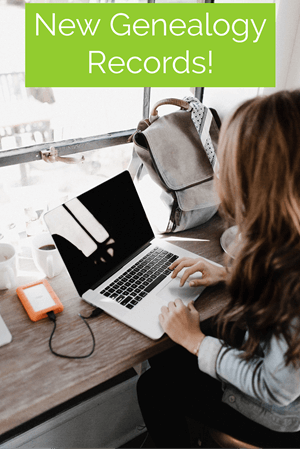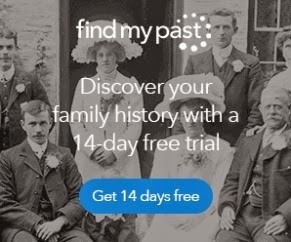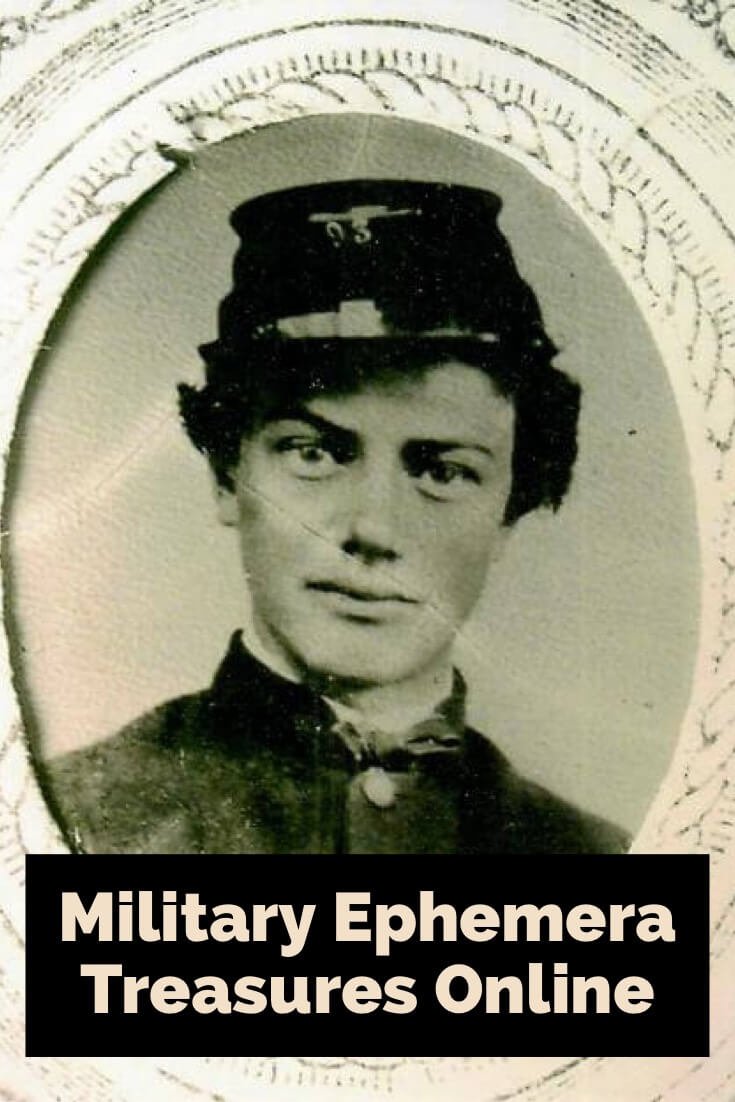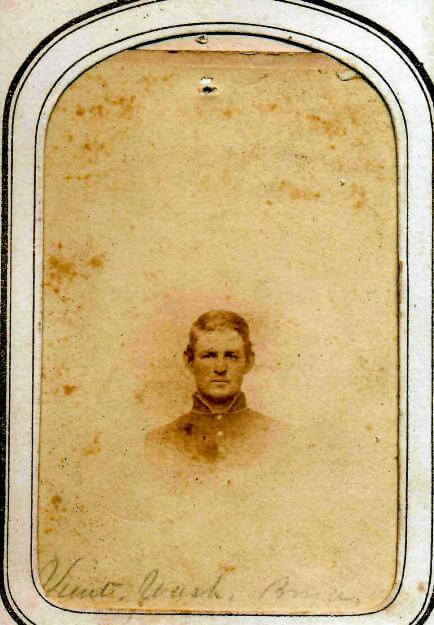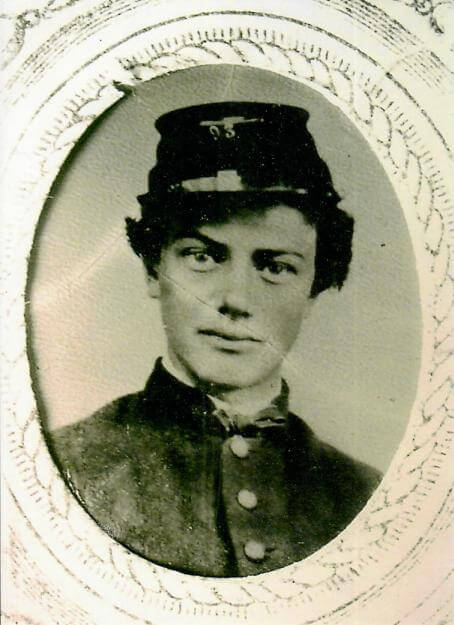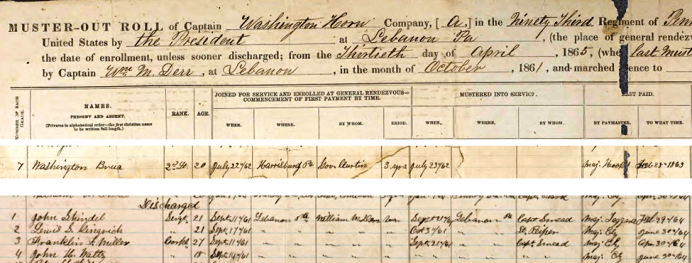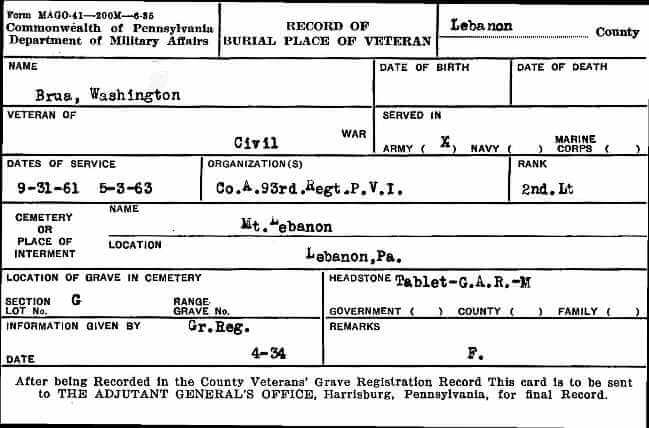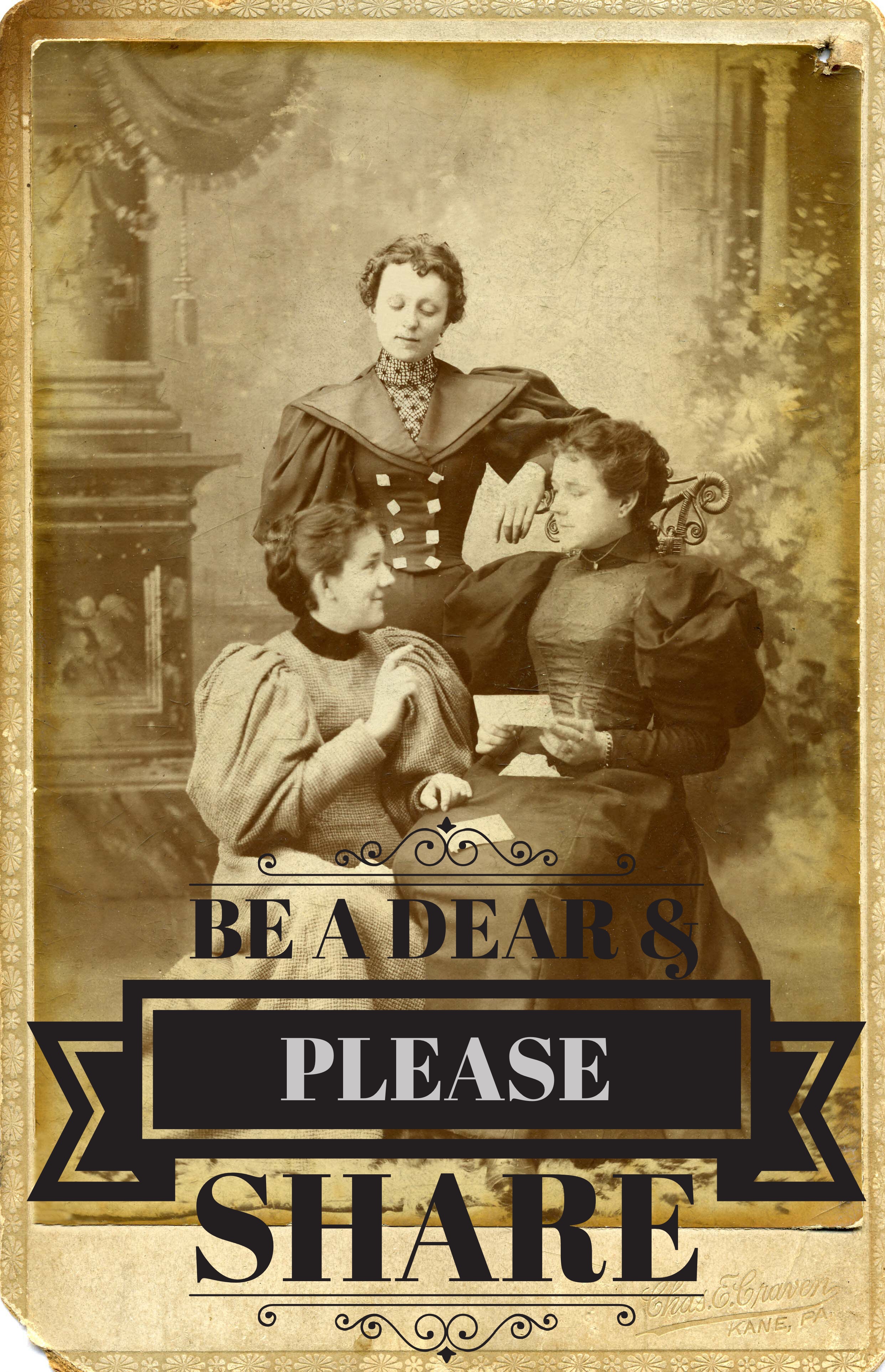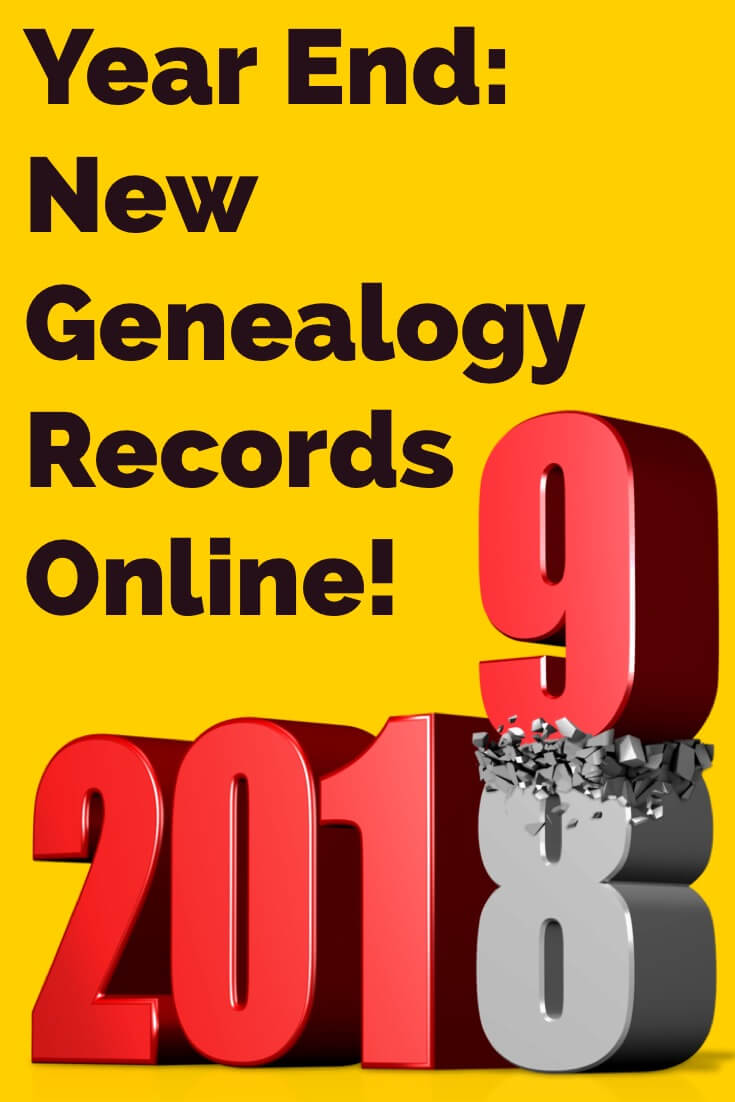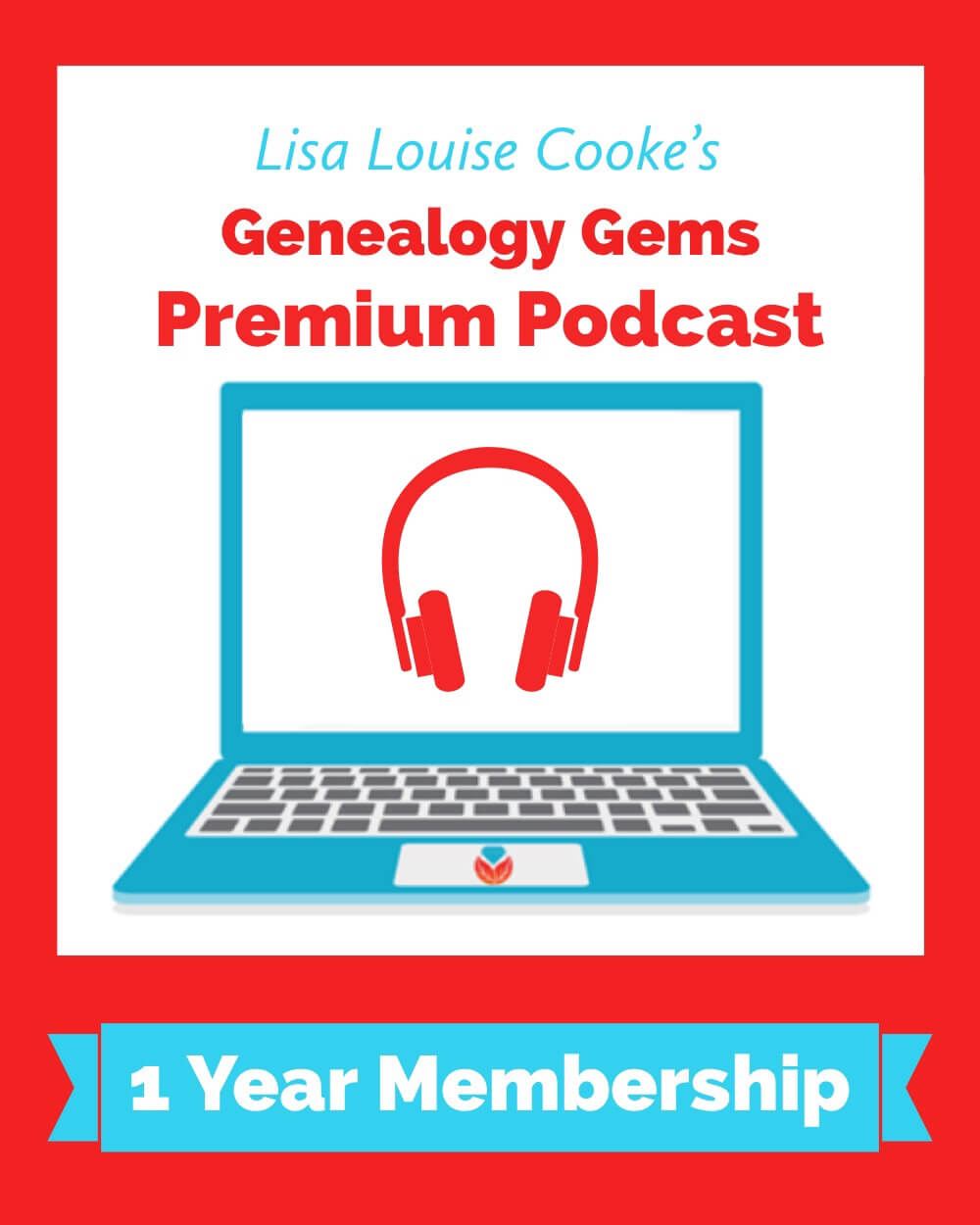Travel Back in Time with Genealogy Records Newly Online
This week’s roundup features rare, unique, and just plain fun new collections available online or coming soon. Go back in time to 1923 with new public domain additions, explore San Francisco as it was in 1940 online and in Google Earth, keep an eye out for rare Caribbean newspapers, a free database of Washington State newspapers, and a new collection from the Digital Library of Georgia. Get ready to time-travel and find your ancestors!
A Peek Into 1923
For the first time in 20 years, new works are entering the public domain in the United States and those works were all published in 1923. From the Internet Archive’s recent announcement, “Settle in with a Reese’s Peanut Butter Cup, a Butterfinger, or a refreshing Popsicle (all invented in 1923!)” and explore the films, popular music, and entertainment from 1923. This update also includes 20,000 texts like newspapers, books, and poetry. You can browse fashion magazines, sheet music, and so much more. Get a glimpse into life in 1923, and your ancestor might just be hiding in plain sight!
San Francisco: David Rumsey Maps
 Recently recovered after decades of dusty storage, and immense 42- by 38-foot wooden replica of the city of San Francisco as it was in 1940 has been cleaned and photographed by a dedicated team of individuals as part of the SFMOMA and San Francisco Public Library project called Public Knowledge: Take Part. The model is comprised of 158 pieces at a scale of 1 inch to 100 feet.
Recently recovered after decades of dusty storage, and immense 42- by 38-foot wooden replica of the city of San Francisco as it was in 1940 has been cleaned and photographed by a dedicated team of individuals as part of the SFMOMA and San Francisco Public Library project called Public Knowledge: Take Part. The model is comprised of 158 pieces at a scale of 1 inch to 100 feet.
From David Rumsey’s website announcement: “The model pieces were expertly photographed by Beth LaBerge. David Rumsey created the large Composite image [right] of the 158 pieces, as well as the image and metadata database of all the images, which he hosts. Rumsey also georeferenced the large Composite image and placed it in Google Earth.”
[Image right courtesy of www.DavidRumsey.com]Caribbean Newspapers
The University of Florida has received a grant to digitize Caribbean newspapers. From the announcement (scroll to second article on the link page): “The grant award will support a continuing partnership between the George A. Smathers Libraries at the University of Florida and the University of Puerto Rico (UPR)-Rio Piedras Campus Libraries to digitize each institution’s unique, hidden holdings of Caribbean newspapers on master microfilm. The team, partners of the Digital Library of the Caribbean, will digitize and make freely available 800,000 pages of pre-1923 Caribbean newspapers.”
Washington State Newspapers
From the Washington Secretary of State: Browse and search historical publications with new Washington Digital Newspapers website. “The site features new titles in the State Library’s digital newspaper collection, with full-text article search of more than 400,000 pages from the State Library’s collection of historic Washington newspapers. Visitors can interact with the site with the help of text correction features to improve search results on dark or damaged pages, by attaching subject tags to articles, and saving their search history for larger research projects.”
Visit https://washingtondigitalnewspapers.org/ to start browsing now!
Digital Library of Georgia
The Digital Library of Georgia has recently announced a new collection for Atlanta’s Interdenominational Theological Center and Morehouse, Morris Brown, and Spelman Colleges. “As part of the CLIR-funded, ‘Our Story’ project, Atlanta University Center, Spelman College, and the DLG are happy to announce additional content documenting the largest consortium of African American private institutions of higher education.” In this collection, you’ll find scholarly journals, yearbooks, photographs, course catalogs, and more.
Additional “Our Story” updates are available through the DLG blog.
More genealogy time-travel
Time travel technology may not be available yet, but Lisa’s Premium eLearning Video is the next best thing! You’ll discover ways to find content that can immerse you in the past to explore the cultural and historical events, places, and people that affected your ancestors’ lives. You’ll explore interactive timelines, advances in video, and geographic tools that can dramatically impact your understanding of your family history. Plus a downloadable handout is included. Available now to all Premium eLearning Members! (Not a member? Sign up today!)

Lacey Cooke
Lacey has been working with Genealogy Gems since the company’s inception in 2007. Now, as the full-time manager of Genealogy Gems, she creates the free weekly newsletter, writes blogs, coordinates live events, and collaborates on new product development. No stranger to working with dead people, Lacey holds a degree in Forensic Anthropology, and is passionate about criminal justice and investigative techniques. She is the proud dog mom of Renly the corgi.
Disclosure: This article contains affiliate links and Genealogy Gems will be compensated if you make a purchase after clicking on these links (at no additional cost to you). Thank you for supporting Genealogy Gems!

